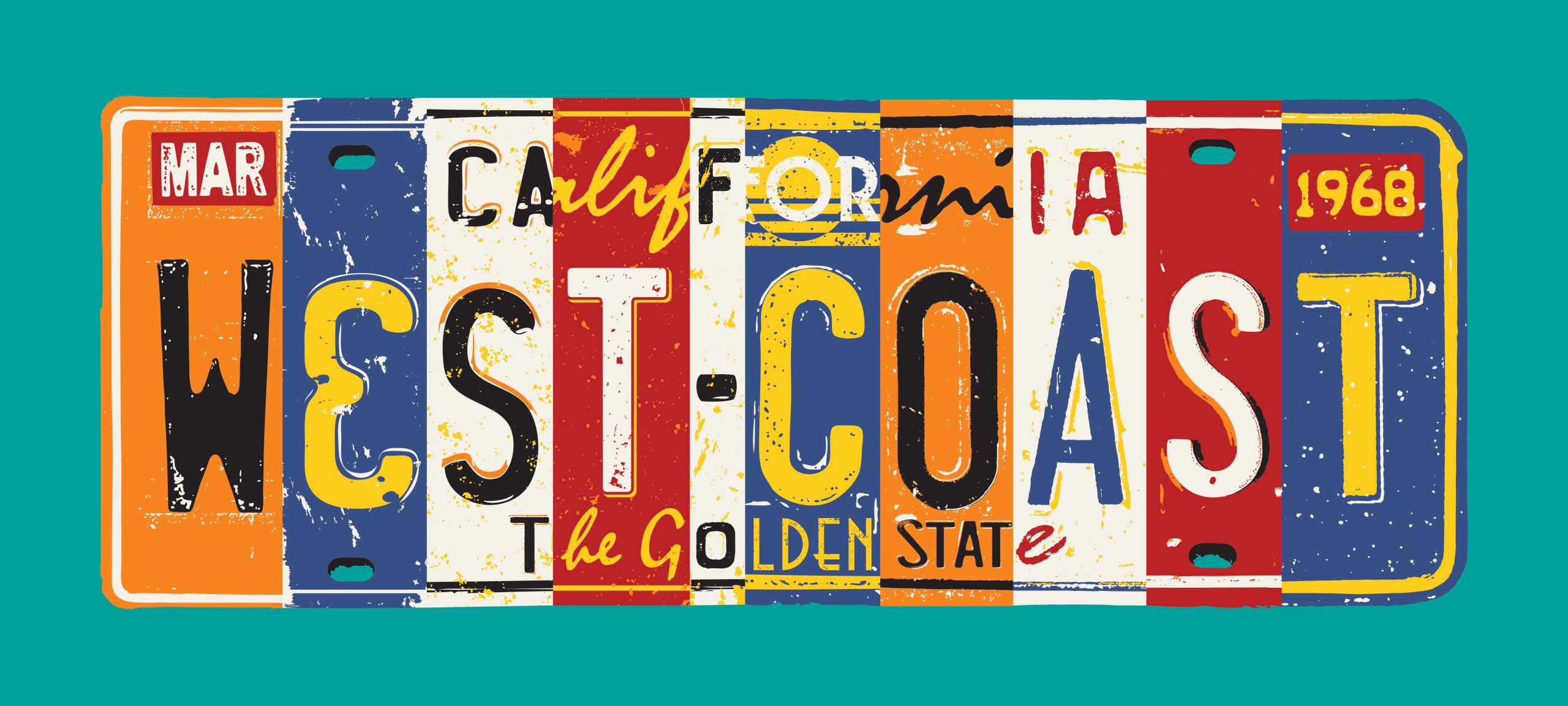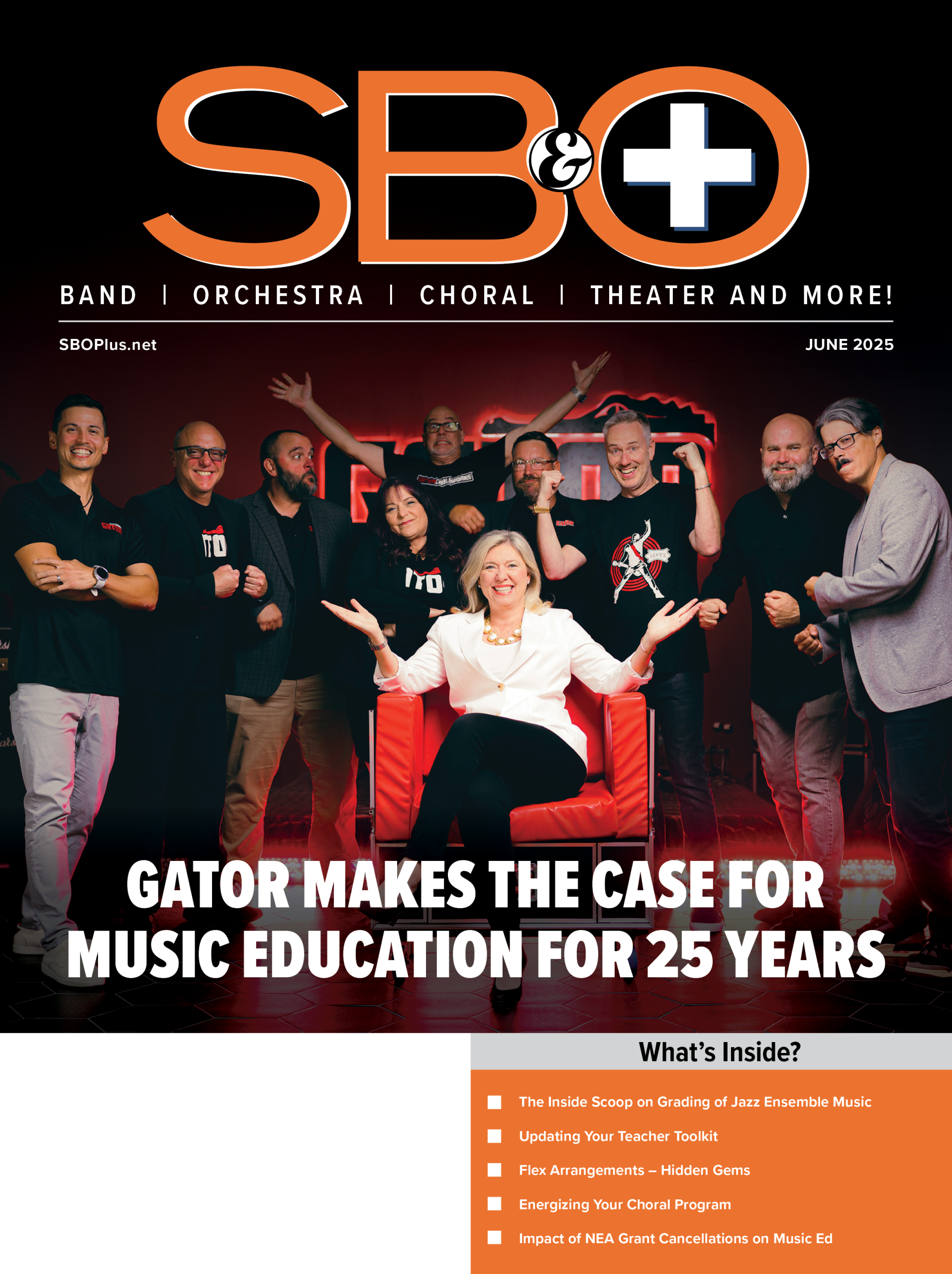String programs used to be a part of a complete music program in schools across the country. As budgets diminished, and many arts programs were cut, a large number of string programs were among them. Fortunately, we are seeing a resurgence of interest in strings. One reason for this is that districts are looking for ways to improve those all-important test scores. They are realizing that some early “hands-on” experience with instruments helps students retain their music skills at test time. Since string instruments are available in sizes suitable for elementary students, it makes them an excellent choice for this mission.
Getting Started
There are many advantages to creating a string program that starts students at an early age. Playing a string instrument helps develop hand-eye coordination. This and other necessary motor skills are easier for young children to develop than they will be as they get older. This is important for success as a string player. I start students in the third grade. They can be responsible for practicing alone at home at that age and can participate effectively in a group.
Participating in a string group gives children experience in cooperating with others toward a common goal, and it is a positive form of self-expression. It is a great way to spend quality time with family and friends, and can be valuable when it’s time to go to college since many string scholarships are available. There are currently many job openings for string teachers. Studies show that learning music makes one smarter; it helps develop the ability to think! Learning to play a string instrument can help accelerate this by starting early. Recently my superintendent told the Tennessee Music Education Association’s state convention: “If even half of the research is true, we can’t afford not to implement and support our music programs as early as possible.”
Working with the Community and the Administration
Administrators and communities are interested in attracting businesses to their area; school districts are interested in improving test scores. String programs can help with both. When I started the program in West Kentucky, one administrator told me that businesses consider quality of life issues an important factor in deciding where to locate. One of these factors is the number and kinds of programs offered in the local schools. A string program is a big plus. In the brochure my school district gave to prospective businesses, they prominently featured our string students on the cover.
It is important to keep your administration informed of the academic advantages of music programs. Every time I come across an article discussing a study linking music to increased intelligence, I send a copy to my administrators. Many such articles are available from MENC online (www.menc.org). (Check the “research” section.) Other good sources are your professional music journals. Also, when test scores come out, I compile my students’ scores and share test averages with administrators. The scores are always at the top of the district’s average.
The most convincing factor for administrators is always the number of students who want to participate. I had 70 students begin in the first year of the program I started in West Kentucky. At that time, the administration thought this would always be a part-time program. By the third year, I had 21 classes each week, requiring one and one-half teachers to cover seven schools. With student ensembles performing for a variety of community events, ranging from Christmas open houses and business Christmas parties to school openings, the positive community response encouraged the administration to support expansion of the program.
In my current position in West Tennessee, the Paris Special School District already had a very well developed music program, and were very anxious to have a string program. In the first week, we had to move from the 20×20-foot room they had thought we would need to a very large classroom, since some of my classes had 24 students. Twenty percent of the students at my elementary school elected to participate in strings. Let me quickly add that I did nothing exceptional to make this happen; kids simply want to play an instrument if they are given the opportunity.
Here’s what I do to begin.
I arrange with each school to present a short program. Sometimes this involves going into each classroom, or meeting in small groups of 50 or less. It is helpful to have at least one performer to play upper strings and one to play lower, but I have done all of them by myself. Depending on the performing ensemble, we usually present a 20-minute program of short pieces in a variety of styles. We play each instrument, and discuss the differences among them. I loosen the bow so they can see the individual hairs, and I talk about how it works. Then, I make some fun sound effects like a “creaky door,” and a glissando that sounds like Wile E. Coyote falling off the cliff.
After the demonstration, I hand out a packet of material to each child. It includes information explaining the instruments, a compilation of short articles on music and intelligence, and a letter announcing a parents’ meeting that will happen the following week. On the front of this packet is a sheet where I trace each child’s hand and make a suggestion for the instrument that the child’s hand best fits: big hand, long fingers fit bass; big hand, short fingers fit cello; long fingers fit viola; small hand, short fingers fit violin. This is a great way to help a child relate to a particular instrument, and makes them think, “I’m a violist!!” Since most kids know only the violin, it also helps diversify instrument choice. Of course, the final decision is always up to the child and his or her parents.
These presentations are followed by an evening meeting where parents receive information about instrument rental from a music store representative and children are measured for the correct size instrument. I use a ruler for violin and viola, available from Knilling. For cellos, the “C” peg should be even with the ear when the child is sitting in a chair. A bass player’s bow arm should comfortably reach halfway between the bridge and the end of the fingerboard, and the left hand should spread easily in the first-position notes. I discuss the overall program, the two concerts they will present, the symphony concert they will attend, and the Solo and Ensemble contest in which they may participate. Registrations are collected at this time. In my current situation, we schedule in May for students to begin the following fall.
Class Schedules
Over the years, I have dealt most often with a “pull out” program on the elementary level – the students come out of their classroom at a time when the rest of the class is doing something else, usually academic class work. This may cause a variety of problems depending on the flexibility of the classroom teacher, and the ability of the students to catch up and make up the work they miss. Currently, I have the most successful system of my 26 years. At my elementary school, which includes grades three through five, every student has a daily 50-minute period called “special area.” During this time, students rotate between art, music, physical education and library. Three days per week, string students come to string class instead of going to the other areas. Since the other classes rotate, they miss a different class each time. I give the string students an opportunity to skip strings three times per six weeks to go to the other areas that they particularly hate to miss. I highly recommend this system! Students have no makeup work, and core test area time is not compromised.
Method Options
There are many good sequential methods available. Look to see that the sequence is complete through advanced techniques. When I first started teaching, I chose a method that transposed the Suzuki literature so it was suitable for homogeneous classes. It worked fine until December when we finished book one (there was no book two at the time) and had to make an awkward transition to another method. I use the “Essential Elements for Strings” series to which I add a variety of sheet music, as it becomes appropriate. This series has several advantages. First, it has an accompanying CD in the early books, which is very advantageous for home and school practice. Second, there is a teacher’s resource manual available that includes lesson plans, quizzes and worksheets. The teacher’s manuals for each level include sample letters that can be adapted for communicating with parents and administrators on a variety of topics. There are more quizzes and evaluation sheets provided within the teacher’s manuals. Scope and sequence information is also provided in each book.
My goal for my third grade students, whom I see three days per week, is to cover about three-fourths of book one in the first year. We are then poised to learn a new finger pattern the following fall, which will allow us to play the notes F and C natural. They will also have learned a duet or trio of about 24 measures in length to perform for Solo and Ensemble. This goal will be adjusted up or down depending on the age of the beginning students, and how often we meet. For example, my fifth grade beginners, who also meet three days per week, will finish the year in book two, learning pieces in F major. The curriculum is clearly laid out in the method book and includes sections on relevant history and theory. It also gives prompts for appropriate places to add extra pieces. I stick pretty closely to the authors’ plan, but I add the bow on open strings within the first three weeks.
Getting Classes Started
Since classes usually begin before everyone has an instrument, we start by talking about the care and handling of the instruments and we name and learn the instrument’s parts. When the instruments arrive, we play by plucking the strings in guitar position while standing. I have homogenous classes of 10 to 23 students. We play along with the upbeat CD. Soon, we move to using the bow on open strings. I’ve learned that students will play with the bow whether you show them how to use it or not, so you might as well show them how!
Holding the violin and viola under the chin is difficult to get used to, so I switch back and forth for a while to make the transition gradual. I try to move forward at a pace that encourages practice, but doesn’t frustrate the students. The goal is for them to feel they can be successful with each new challenge. Saying, “can’t” is not allowed in string class. They may say, “I’m having great difficulty with this,” but the rule is, you have to keep trying, and we are all working together. I acknowledge to students often that playing a string instrument is hard! By Christmas, my objective is for the beginners to know “Jingle Bells,” one line of “Good King Wenceslas,” “Twinkle,” and a variety of other one- or two-line songs.
Methods of Grading
In the “Essential Elements” book, there are strategically placed quizzes. I use these to give playing tests to beginners. The teacher’s resource book has a corresponding form to be filled out that includes specific skills that should have been mastered to successfully play the test. These quizzes comprise 15 percent of the six weeks’ grade. The rest of the students’ grade comes from class participation and working as hard as possible to learn to play their instrument. Remembering to bring their instrument, book and other necessary equipment is part of this equation. Practice cards are returned weekly, for which the child receives a sticker. When 10 stickers have been accumulated, the child is invited to the pizza and movie party we have at the end of each semester. This is always a big hit! I try to individualize their learning as much as possible and I discourage competition between students. They often work as partners helping each other.
Handling the First Concert
The first concert is a highly anticipated event by students and parents alike. Mine is usually shortly before the Christmas holiday break. I announce it two months in advance and tell parents that everyone is expected to participate. I have all levels from beginning to high school perform because I think it is important for the parents and students to hear the progress the students make year to year. Logistically, I have done this several ways. If my performance area is large, I seat everyone in groups beforehand. If not, students come on and off the stage in sequence and sit together while they listen in the audience. The latter arrangement requires some assistance from other teachers and/or parents to supervise those sitting in the audience.
We have at least one rehearsal involving all of the students together so they can see and hear what the concert will be like. Since there will be several classes performing together for the first time, this practice alleviates many fears. To yield a good result, it is important to be calm and make the students feel secure in their abilities. Perform only songs they know well and feel confident playing. It is essential that their first concert be a positive experience.
Since this is the parents’ first concert as well, I talk to them during the performance about the skills their children have acquired to be able to play each selection. This adds to their appreciation for what their child has accomplished. Following the concert, we always have refreshments. I ask each family to bring a finger food, and our parents’ committee provides the drinks. In addition to rewarding the students for their performance, this party gives me a chance to mingle with the families and learn more about my students, and them about me.
Acquiring Instruments
Talk with your local music store about making instruments available for rent. Since your students will probably move through several sizes before arriving at full size, renting is a good idea in the beginning. Make sure the store will carry instruments that meet MENC standards. Cheaper instruments seem to be a bargain, but they can cause many headaches. One of the places manufacturers skimp on cheap instruments is in the fitting of the pegs and using unseasoned woods. This means that the instrument will always be out of tune, and the sound of the instrument is very raw.
A fiberglass bow is preferable to a cheap wood bow because it will not break when dropped and will not warp. Typical rental rates in my region are around $15 per month for a violin, and around $25 per month for a cello. My local dealer allows six months of the rent to apply toward future purchase, and allows trading to a new size at any time at no additional charge.
Some Final Thoughts
I try always to remember that my ultimate goal is to develop lovers of music, not a program. It is the music that is important, and so it must remain the focus of every class I teach. This philosophy keeps me from getting lost in the details, and reassures me that I don’t have to fix everything today!
Most string teachers I know teach because they feel a need to “give back” – that is, they want to share with others their love of the instrument that someone taught them. My husband and I recently received a letter expressing this sentiment from a student that we taught in the 1970s. She is married now with two children of her own, but took the time to say “thanks” to us for being her string teachers. She said that learning to play the violin in our string classes helped her acquire self-confidence. As a shy, quiet girl, she found a way to express herself through her violin playing, as she never could verbally. She is now a public school string teacher in her community in Iowa, and continues to say “thanks” by sharing her love for strings with her own students.
I feel I have been lucky to teach only strings throughout my teaching career. It has given me an opportunity to teach music for its own sake. As a culture, we need music as an emotional and intellectual outlet. I believe that teaching strings is a great way to provide it.
Some Resources
“Strategies for Teaching Strings and Orchestra,” published by MENC.
“Teaching String Instruments,” published by MENC.
“The Best of Soundpost,” articles from NSOA.
“TIPS: Establishing a String Orchestra Program,” published by MENC.
“Playing the String Game,” by Phyllis Young.
Nancy Steffa is the Director of Orchestras at Paris Elementary and Inman Middle schools in Paris, Tenn. She has taught strings at the elementary, middle and high school levels for more than 25 years. Before moving to Paris, Steffa taught for 10 years in Kentucky’s Graves County Schools, where she created a string program from scratch. She also helped expand string programs while teaching in the Round Rock ISD in Round Rock, Texas; the Marshalltown School System in Marshalltown, Iowa; and Charlestown CO Schools in Charlestown, S.C. Steffa is also the director of the String Project at Murray State University, and is principal violist of the Owensboro Symphony in Owensboro, Ky.


























